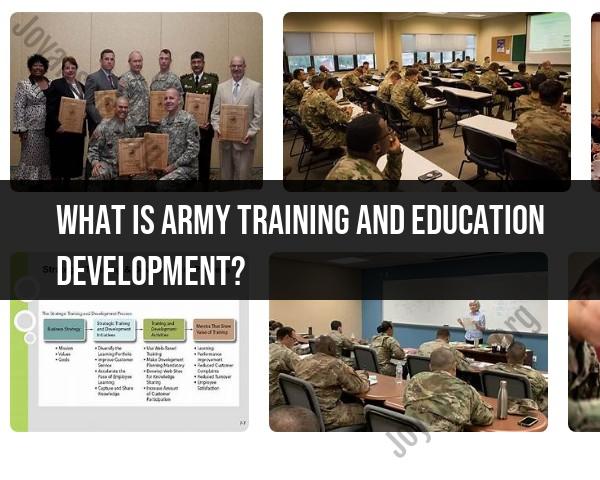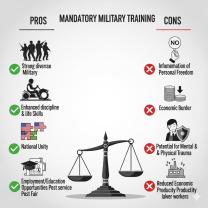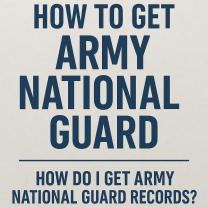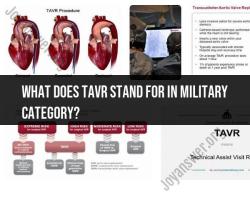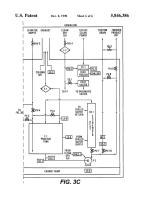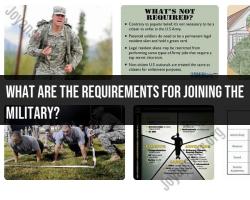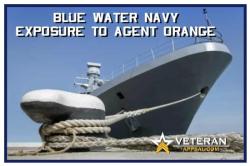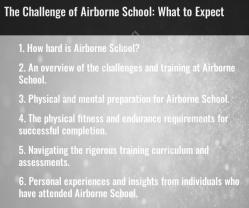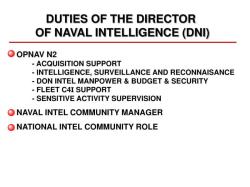What is Army training and education development?
Army Training and Education Development (ATED) refers to the systematic processes and programs implemented by the military to train and educate its personnel. These processes are designed to ensure that soldiers and leaders acquire the necessary skills, knowledge, and abilities to perform their duties effectively. The goal is to develop a well-trained and educated force capable of meeting the challenges of a dynamic and complex operational environment. Here is an overview of Army Training and Education Development:
Training vs. Education:
- Training: Focuses on imparting specific skills and competencies needed for particular tasks or jobs. It often involves hands-on, practical instruction.
- Education: Emphasizes broader knowledge, critical thinking, and understanding of principles. It may include formal classroom instruction, self-directed learning, and academic development.
Components of ATED:
- Basic Training: Initial training that introduces new recruits to military life, discipline, physical fitness, and basic soldiering skills.
- Advanced Individual Training (AIT): Specialized training in a specific military occupational specialty (MOS) or job.
- Professional Military Education (PME): Ongoing education at various levels to develop leadership, strategic thinking, and decision-making skills.
Leadership Development:
- ATED includes programs to cultivate leadership skills at different ranks and levels. This may involve leadership courses, mentorship programs, and practical leadership experiences.
Continuous Learning:
- The military emphasizes a culture of continuous learning to keep pace with evolving technologies, tactics, and strategies. This includes professional development courses, workshops, and ongoing training.
Adaptability:
- ATED is designed to make soldiers and leaders adaptable to changing circumstances. This involves scenario-based training, simulations, and exercises that simulate real-world situations.
Technology Integration:
- As technology plays an increasingly important role in military operations, ATED incorporates training on the use of advanced equipment, communication systems, and other technologies.
Assessment and Evaluation:
- Regular assessments are conducted to evaluate the effectiveness of training and education programs. Feedback from exercises and real-world operations is used to refine and improve future training initiatives.
Joint and Combined Training:
- Military forces often operate in joint or multinational environments. ATED includes joint and combined training to ensure seamless integration and cooperation with other branches of the military and allied forces.
Mission-Specific Training:
- Soldiers receive mission-specific training based on the nature of their assignments, whether it involves combat, peacekeeping, disaster response, or other roles.
In summary, Army Training and Education Development is a comprehensive approach to preparing military personnel for their roles. It encompasses a combination of basic training, specialized education, leadership development, continuous learning, and adaptation to ensure that soldiers and leaders are well-equipped to meet the challenges of their missions.
What comprises the development of training and education in the Army?
The development of training and education in the U.S. Army is a complex and multifaceted process that encompasses several key elements:
- Needs assessment: It all starts with identifying the specific needs of the Army, both present and future. This involves analyzing current and anticipated threats, emerging technologies, and changes in the operational environment. Data is gathered from various sources such as operational reports, intelligence assessments, and feedback from soldiers and leaders. Needs assessments are conducted at various levels, from individual units to the entire Army, ensuring training and education programs are tailored to specific requirements.
- Doctrine and training development: Once needs are identified, doctrine and training developers create standardized guidelines and procedures for how soldiers should operate in different situations. This involves subject matter experts, military leaders, and educators working together to develop comprehensive training materials and programs. The Army uses a "crawl, walk, run" approach to training, starting with basic skills and gradually progressing to more complex tasks and scenarios.
- Institutional training: The Army operates a vast network of training facilities and schools where soldiers receive initial and advanced training in their military occupational specialties (MOS). These facilities provide hands-on instruction, simulations, and field exercises to ensure soldiers are prepared for real-world operations. Some prominent examples include Fort Benning for infantry training, Fort Leonard Wood for military police training, and West Point for officer training.
- Leader development: Developing effective leaders is a critical focus of the Army's training and education efforts. Programs like the Warrior Leader Course and the Senior Leader Course provide leadership training at all levels, emphasizing critical thinking, decision-making, communication, and teamwork. The Army also encourages self-development through online learning platforms, professional reading programs, and mentorship opportunities.
- Technology integration: The Army is increasingly incorporating technology into its training and education programs. This includes virtual reality simulations, augmented reality training overlays, and online learning platforms. Technology helps create more immersive and engaging training experiences, allowing soldiers to practice skills in a safe and controlled environment.
- Continuous improvement: The Army's training and education system is constantly evolving to adapt to changing needs and challenges. A process of "lessons learned" is used to collect feedback from soldiers and leaders, identify areas for improvement, and refine training programs. The Army also conducts regular training exercises and simulations to test its readiness and identify areas where training needs to be adjusted.
The development of training and education in the Army is a vital process that ensures the force remains prepared, adaptable, and effective in any situation. By continuously assessing needs, developing relevant doctrine and training materials, and leveraging technology, the Army can maintain its edge as a world-class fighting force.
